While science fiction films depict extraterrestrial creatures with multiple limbs, translucent bodies, and bizarre anatomical features, the truth is far more astounding. These alien-like beings aren’t light-years away on distant planets – they’re crawling through our gardens, hiding in our basements, and living right under our noses. The insect world harbors some of the most otherworldly creatures imaginable, with features so strange and adaptations so extraordinary that they seem to have stepped straight out of a sci-fi movie.
The Praying Mantis: Nature’s Perfect Predator
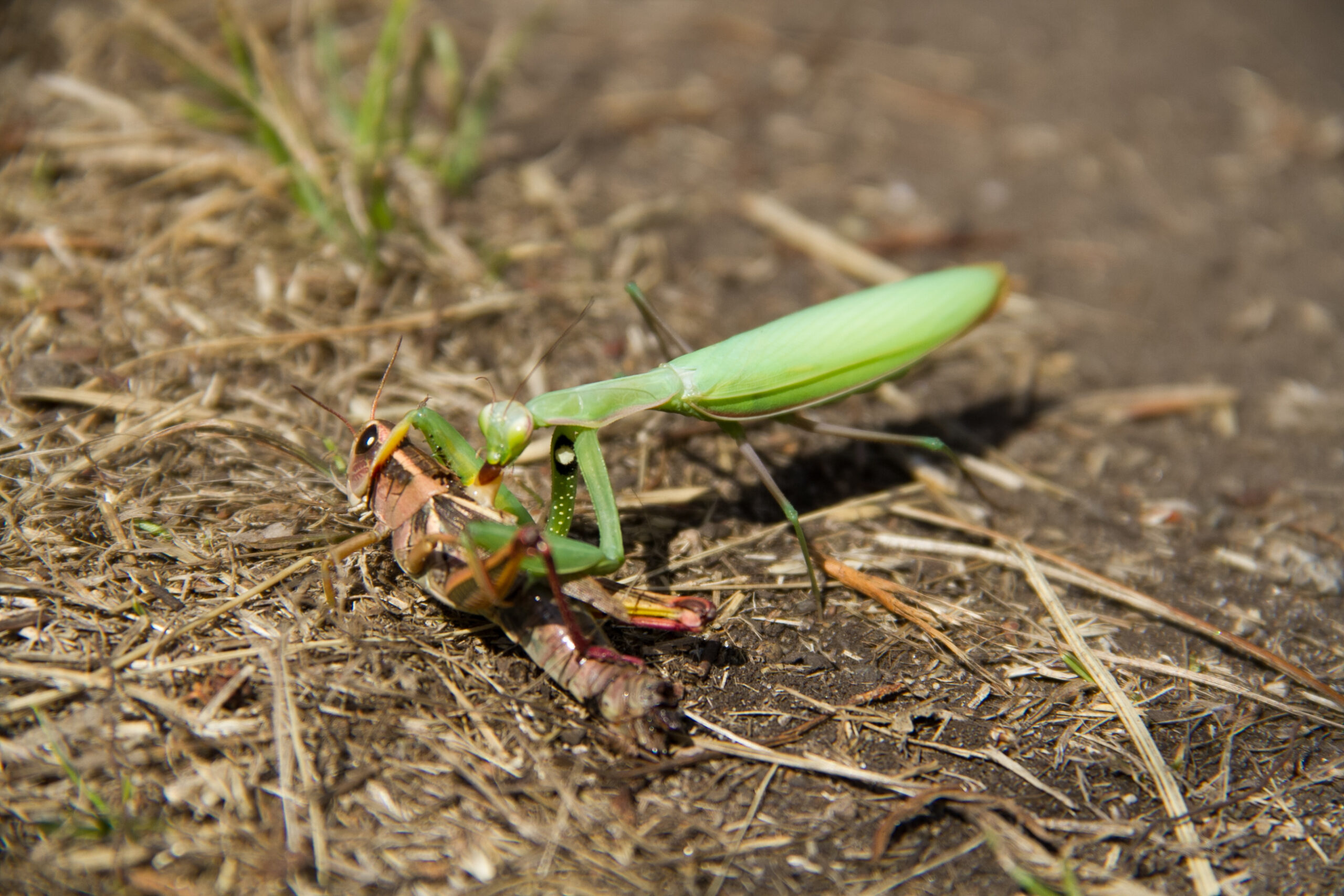
Standing motionless with its powerful forelegs folded in prayer-like position, the praying mantis resembles a creature from another dimension. These remarkable insects possess triangular heads that can rotate 180 degrees, giving them an almost supernatural ability to track prey. Their compound eyes, each containing thousands of individual lenses, create a visual system that would make any alien designer jealous.
What makes mantises truly alien is their hunting behavior. They remain perfectly still for hours, then strike with lightning speed that’s faster than the human eye can follow. Their spiny forelegs function like deadly traps, equipped with razor-sharp spikes that ensure no prey escapes once caught.
Perhaps most disturbing is their mating ritual, where females often devour their partners’ heads during copulation. This cannibalistic behavior, combined with their otherworldly appearance, makes them one of nature’s most alien-looking residents.
Stick Insects: Masters of Deception
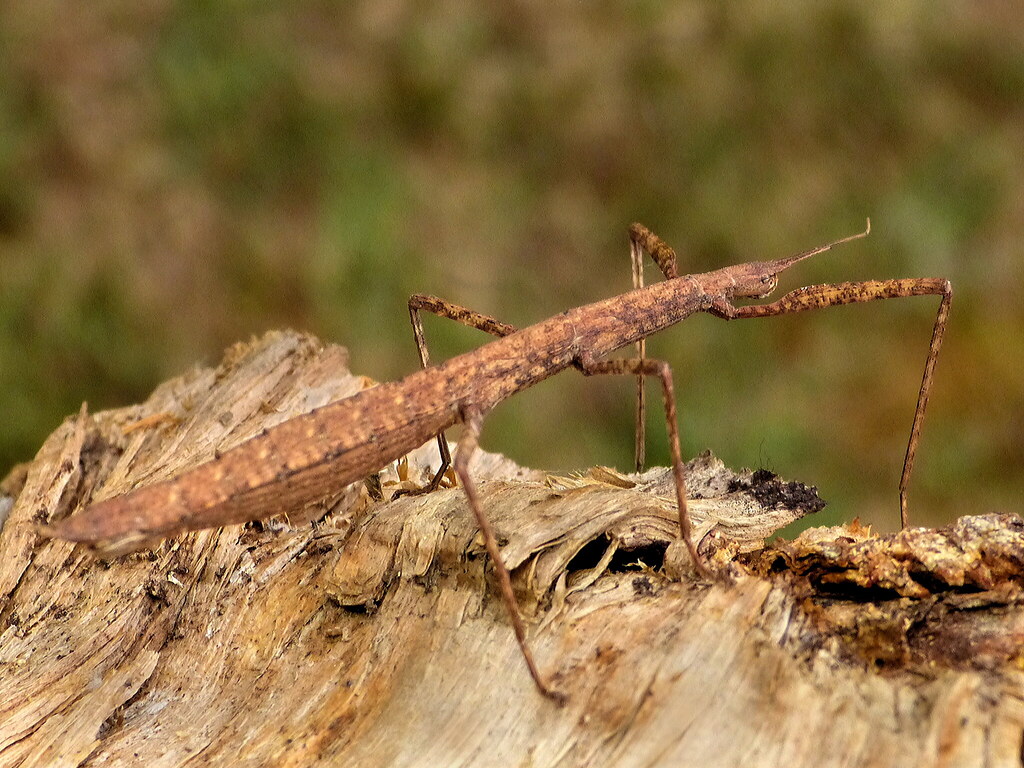
Imagine creatures so perfectly camouflaged that they become living pieces of wood, complete with bark-like textures and branch-like appendages. Stick insects, or phasmids, have evolved camouflage so advanced that they challenge our understanding of biological mimicry. Some species grow over a foot long, making them among the world’s longest insects.
These alien-looking creatures possess the remarkable ability to regenerate lost limbs, much like the regenerative aliens in science fiction. If a predator grabs their leg, they can simply detach it and grow a new one over several molts. Their bodies sway gently to mimic branches moving in the wind, creating an illusion so perfect that even trained entomologists struggle to spot them.
The most alien aspect of stick insects is their reproductive capabilities. Many species reproduce through parthenogenesis, meaning females can create exact copies of themselves without mating. This cloning ability seems straight out of a sci-fi thriller, yet it’s happening in forests worldwide.
Assassin Bugs: Nature’s Silent Killers

With their elongated heads, prominent eyes, and needle-like mouthparts, assassin bugs look like they’ve been designed by alien engineers for maximum efficiency. These predatory insects sport a curved proboscis that functions like a hypodermic needle, injecting digestive enzymes that liquefy their prey from the inside out. Their hunting strategy resembles something from a horror movie – they literally drink their victims alive.
What makes assassin bugs particularly alien is their diverse appearance across different species. Some have elaborate spines covering their bodies, while others sport bright warning colors that scream danger. The wheel bug, a North American species, carries a distinctive cog-like crest on its back that looks like alien armor.
Their stealth capabilities rival any fictional alien hunter. Assassin bugs can remain motionless for extended periods, then strike with precision that would impress any extraterrestrial predator. Some species even coat themselves with the corpses of their victims as camouflage, creating a truly nightmarish appearance.
Hercules Beetles: Armored Titans from Another World
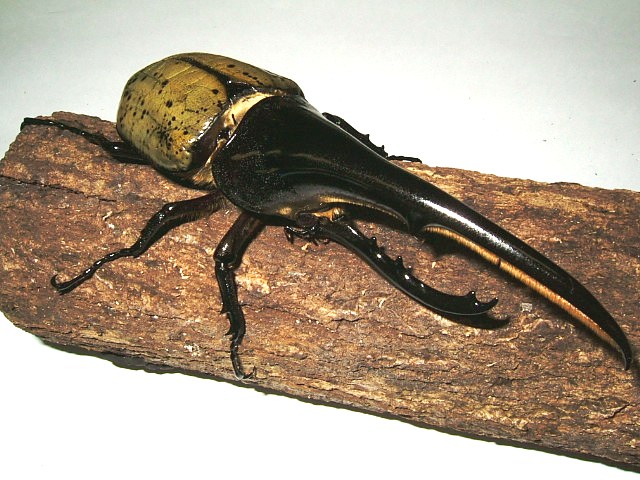
Standing face-to-face with a Hercules beetle feels like encountering an alien warrior in full battle armor. These massive insects can grow up to 7 inches long and possess strength that defies belief – they can lift objects 850 times their own body weight. Their glossy, horn-adorned heads and thick exoskeletons create an appearance that seems more suited to an alien battlefield than Earth’s forests.
Male Hercules beetles sport impressive horns that they use in combat, much like alien gladiators fighting for dominance. These horns can be longer than the beetle’s entire body, creating a silhouette that looks distinctly extraterrestrial. The way they move, with deliberate, mechanical precision, adds to their otherworldly appearance.
Their life cycle is equally alien, with larvae spending up to two years underground, growing into massive grubs that can weigh more than some small mammals. When they finally emerge as adults, their transformation is so complete that they seem like entirely different creatures – true alien metamorphosis in action.
Praying Mantisfly: The Hybrid Nightmare

The mantisfly represents nature’s most successful alien hybrid experiment, combining the predatory front legs of a mantis with the delicate wings of a lacewing. This bizarre creature looks like it was assembled from parts of different insects by an alien scientist with a twisted sense of humor. Their large, compound eyes and elongated necks give them an almost reptilian appearance that’s deeply unsettling.
What makes mantisflies truly alien is their complex life cycle, which involves multiple dramatic transformations. Their larvae are parasitic, infiltrating spider egg sacs and feeding on developing spiderlings. This horror-movie lifestyle, combined with their chimeric appearance, makes them one of nature’s most alien-looking insects.
Their hunting behavior is equally otherworldly. Like their mantis relatives, they remain perfectly still before striking with lightning speed. However, their ability to fly adds an extra dimension to their predatory capabilities, allowing them to appear seemingly from nowhere to snatch unsuspecting prey.
Goliath Beetle: The Gentle Giant from Space
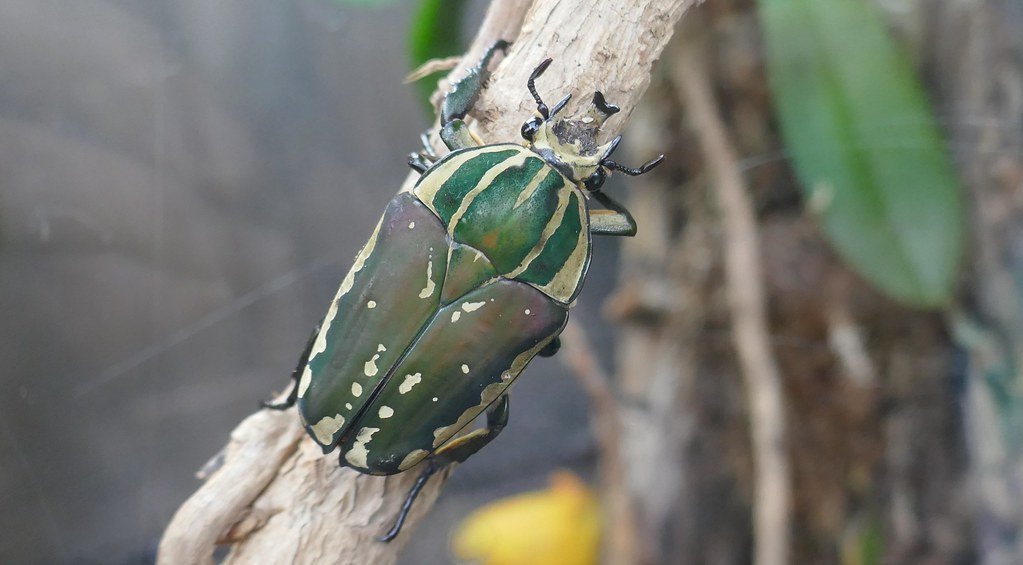
Despite their intimidating name and alien appearance, Goliath beetles are actually gentle giants that feed primarily on fruit and tree sap. These massive insects can reach the size of a computer mouse and display color patterns that look like they were painted by an alien artist. Their thick, armored exoskeletons shimmer with metallic sheens that shift and change in different lighting conditions.
What makes Goliath beetles particularly alien is their incredible strength and the mechanical precision of their movements. They can generate enough force to push through soil and debris with ease, and their powerful legs can grip surfaces with vice-like strength. Watching one climb creates the impression of a miniature alien construction vehicle in action.
Their larvae are even more alien-looking, resembling massive, segmented grubs that can weigh up to 100 grams. These underground dwellers spend months in dark tunnels, growing to enormous sizes before their final transformation into the armored adults that emerge to continue the cycle.
Antlion: The Desert Alien Engineer
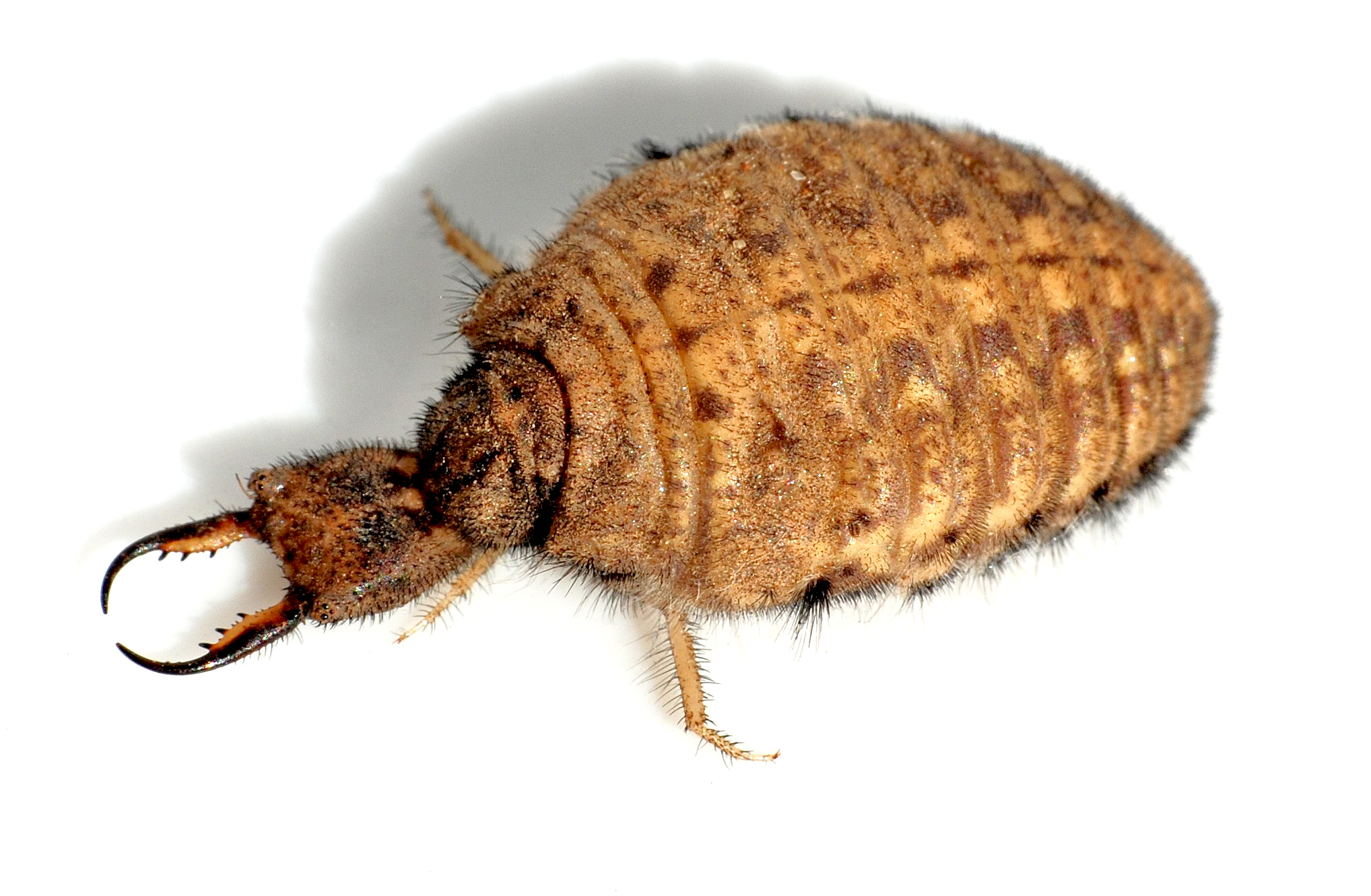
Antlions create some of the most alien-looking structures on Earth – perfect conical sand traps that look like miniature alien landing sites. These insects spend most of their lives as larvae, hiding at the bottom of their sand pits with only their massive, sickle-shaped jaws visible. Their patient hunting strategy and trap-building abilities seem more appropriate for an intelligent alien species than an insect.
The adult antlions are equally otherworldly, with their long, clubbed antennae and delicate, net-like wings that shimmer in sunlight. They fly with an erratic, almost drunken pattern that makes them look like tiny alien aircraft struggling with Earth’s atmosphere. Their large, compound eyes give them an almost extraterrestrial intelligence.
What’s most alien about antlions is their engineering prowess. The larvae instinctively know how to calculate the perfect angle for their sand traps, creating structures that would challenge human engineers. When prey falls into their traps, they flick sand with surgical precision, ensuring their victims slide straight into their waiting jaws.
Dobsonfly: The Prehistoric Alien Survivor
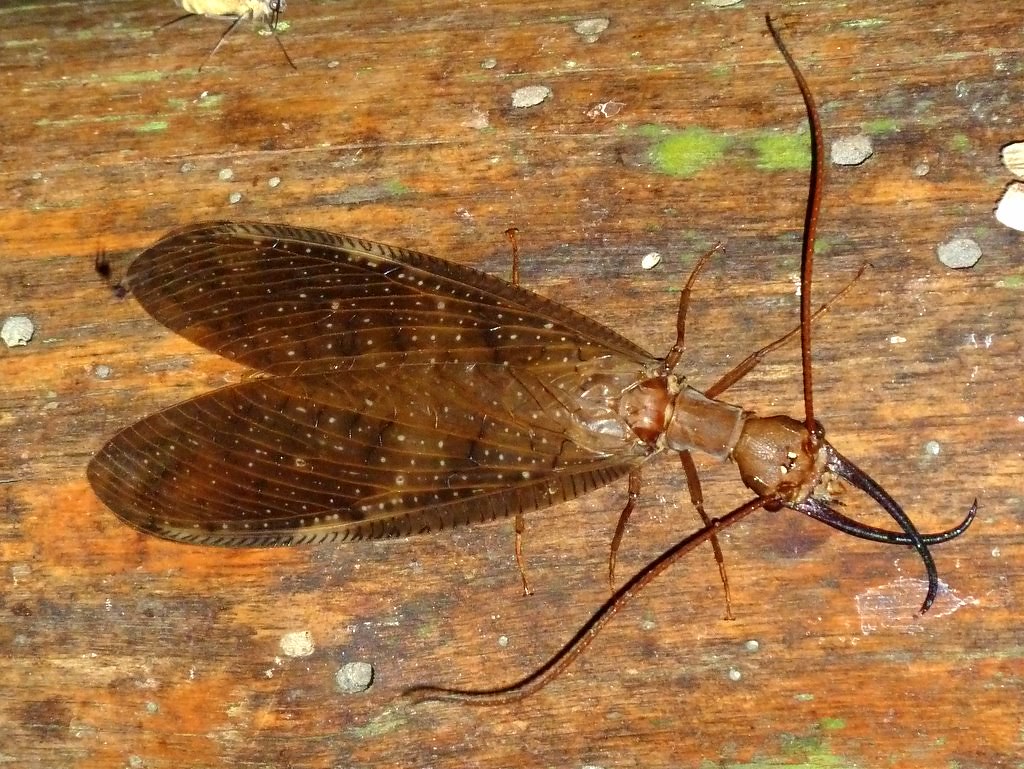
Dobsonflies look like they’ve survived unchanged since the age of dinosaurs, with their massive size and prehistoric appearance making them seem like alien visitors from Earth’s distant past. Males sport enormous, tusk-like mandibles that can span several inches, giving them the appearance of alien warriors equipped with natural weapons. Their dark, leathery wings and robust bodies create a silhouette that’s both ancient and otherworldly.
These impressive insects can live for several years as aquatic larvae, known as hellgrammites, before transforming into their alien adult forms. The larvae themselves are nightmarish creatures with powerful jaws and segmented bodies that look like they belong in an alien ecosystem. They lurk under rocks in streams and rivers, ambushing prey with the efficiency of extraterrestrial predators.
Adult dobsonflies are attracted to lights, and encountering one on a summer evening can be a truly alien experience. Their large size – some species have wingspans exceeding 5 inches – combined with their prehistoric appearance, makes them seem like visitors from another world or time.
Flower Mantis: The Alien Master of Disguise
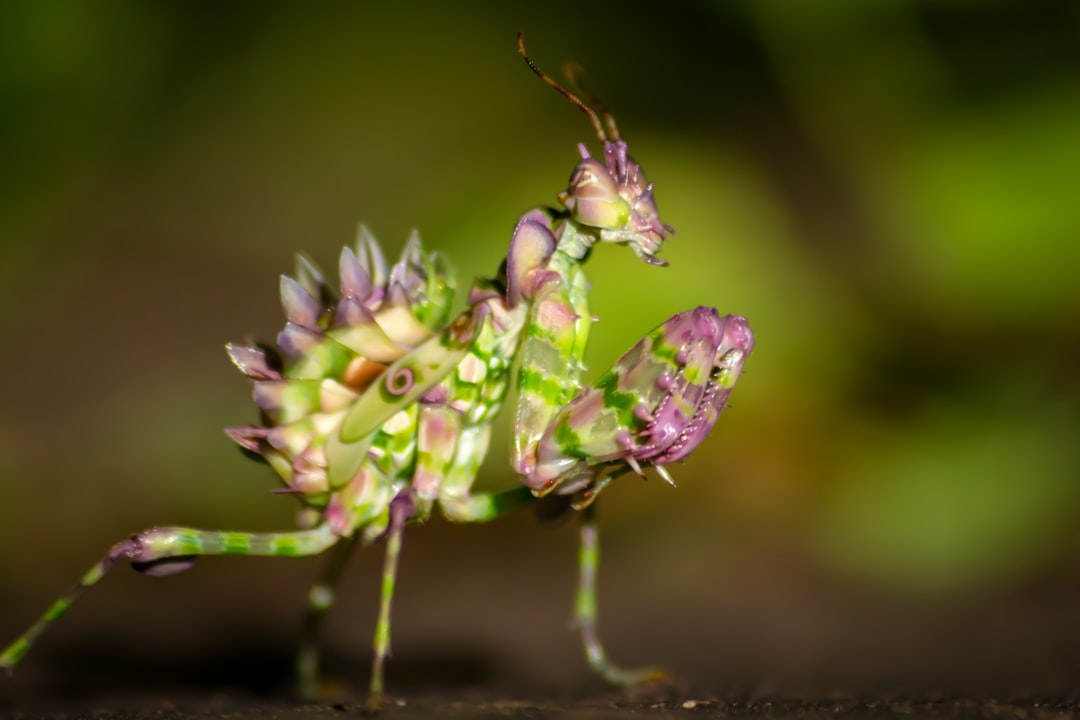
Flower mantises represent the pinnacle of alien camouflage technology, having evolved to perfectly mimic the petals, stems, and colors of various flowers. These remarkable creatures don’t just hide among flowers – they become flowers, with body parts that exactly replicate petals, leaves, and even flower centers. Their ability to change color and texture makes them seem like shape-shifting aliens with advanced cloaking abilities.
The Malaysian orchid mantis is perhaps the most alien-looking, with its pure white body and petal-like leg extensions that create a perfect orchid flower illusion. Watching one hunt is like witnessing alien technology in action – prey insects actually approach them thinking they’re visiting a flower, only to be captured by what they thought was a harmless bloom.
What makes flower mantises truly alien is their patience and precision. They can remain motionless in their flower pose for hours, then strike with movements so fast they blur. Their compound eyes track approaching prey with calculated precision, making them seem more like alien surveillance devices than living creatures.
Giant Water Bug: The Alien Aquanaut
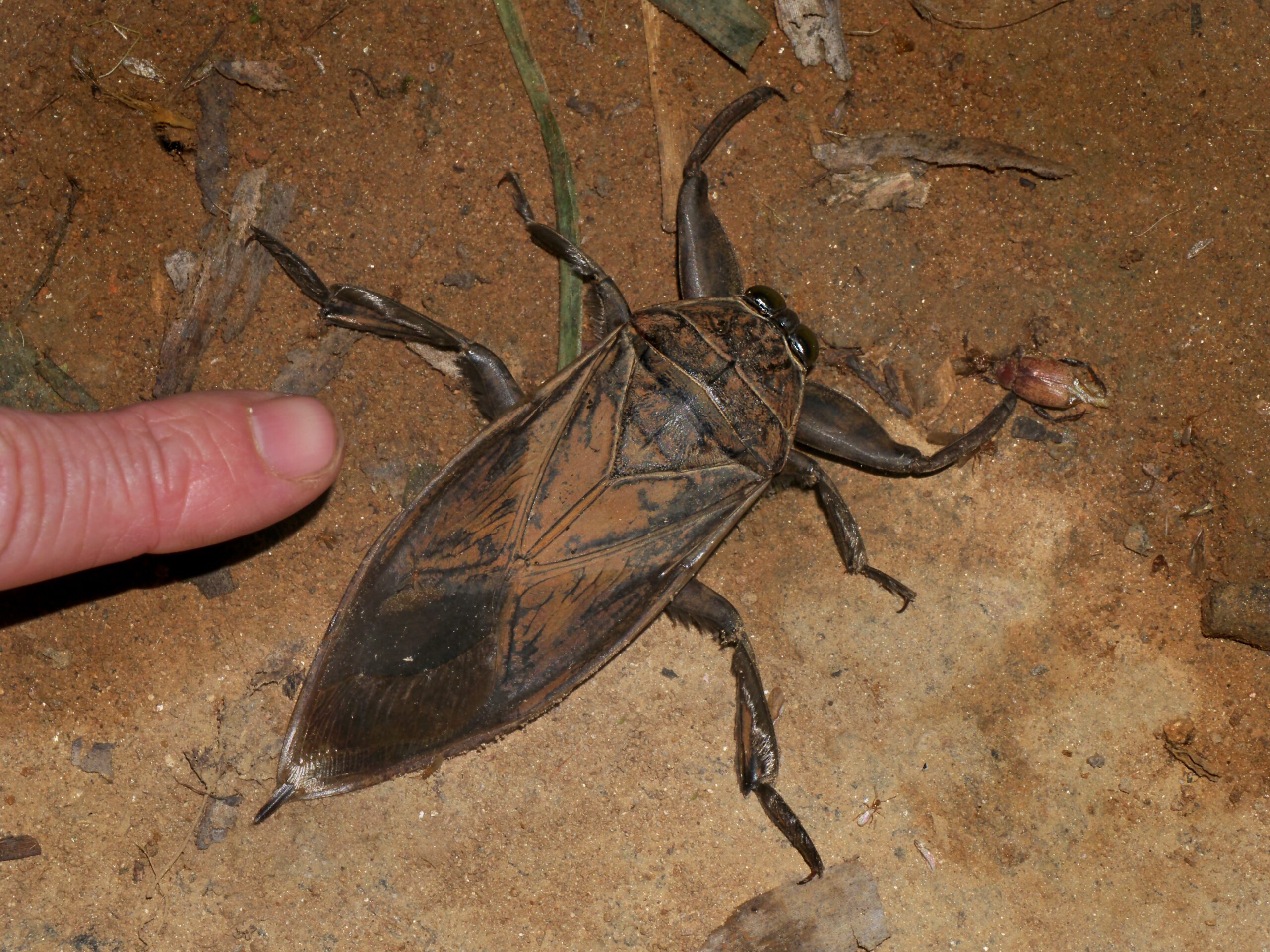
Giant water bugs patrol our ponds and streams like alien submarines, equipped with modified front legs that function as powerful grappling hooks. These aquatic predators can grow larger than a human thumb and possess the alien ability to breathe air while remaining completely submerged. Their flattened, streamlined bodies and paddle-like hind legs make them perfectly adapted for their aquatic alien lifestyle.
What makes giant water bugs particularly alien is their hunting strategy and parental behavior. They’re capable of taking down prey much larger than themselves, including small fish, frogs, and even baby turtles. Their powerful beak injects digestive enzymes that literally dissolve their prey from the inside, creating a protein soup they can drink.
Perhaps most alien is their reproductive behavior, where males carry clusters of eggs on their backs until they hatch. This role reversal, combined with their devoted parental care, creates family dynamics that seem more appropriate for an advanced alien species than an insect.
Cicada: The Alien Time Traveler
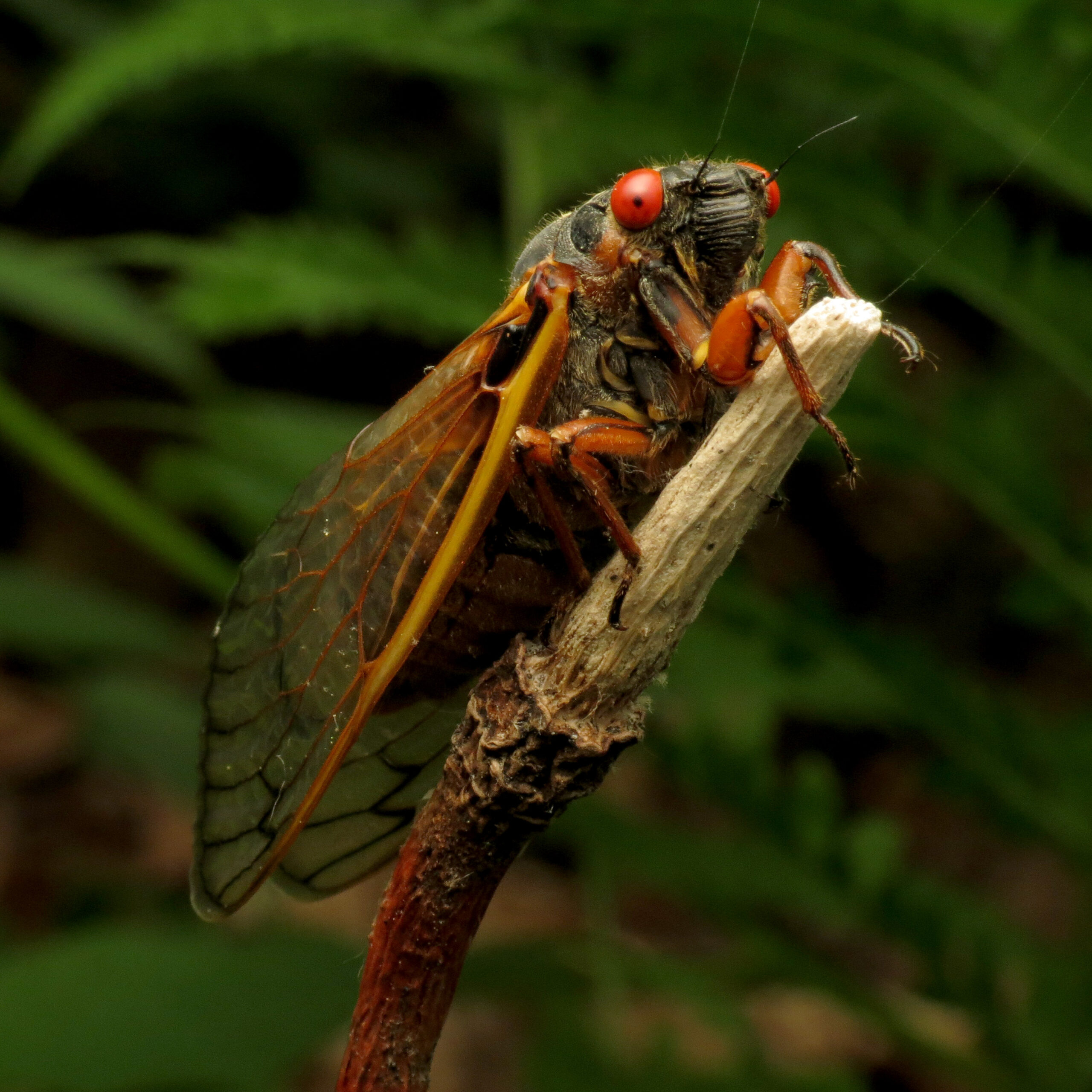
Cicadas represent one of nature’s most alien phenomena – creatures that spend most of their lives underground before emerging en masse in synchronized alien invasions. Their large, bulging eyes and transparent wings create an otherworldly appearance that’s both beautiful and unsettling. The way they shed their nymphal skins, leaving behind perfect hollow shells, resembles alien molting processes from science fiction.
The most alien aspect of cicadas is their incredible time-keeping abilities. Some species remain underground for exactly 13 or 17 years before emerging, demonstrating an internal clock that seems more appropriate for an alien species than an Earth insect. Their synchronized emergences create swarms of biblical proportions that can number in the billions.
Their singing creates an alien soundscape that can be heard for miles, with some species producing sounds exceeding 100 decibels. The way they coordinate their songs across vast distances suggests a level of communication that scientists are still trying to understand, making them seem like members of an alien hive mind.
Leafhopper: The Alien Acrobat
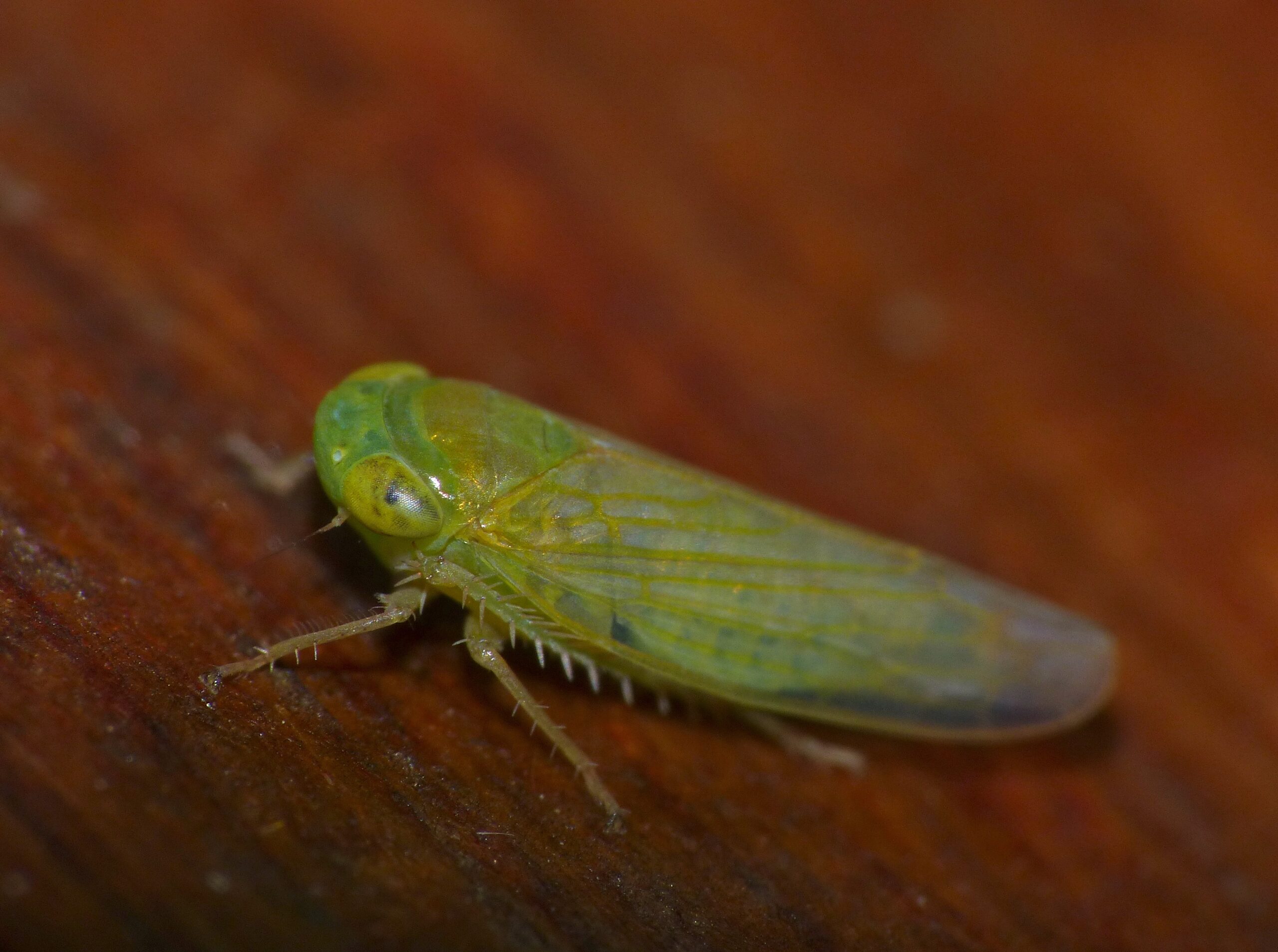
Leafhoppers possess supernatural jumping abilities that make them seem like tiny alien athletes defying Earth’s gravity. These small insects can leap distances that are hundreds of times their body length, propelling themselves through the air with movements too fast for human eyes to follow. Their spiny legs and angular bodies give them a distinctly mechanical, alien appearance.
What makes leafhoppers particularly alien is their incredible diversity and specialized adaptations. Some species sport elaborate crowns and spines that look like alien ceremonial headgear, while others have developed wings that shimmer with iridescent colors that shift and change like alien technology. Their ability to walk on water and perform acrobatic feats makes them seem like they possess anti-gravity technology.
Their feeding behavior is equally alien, as they use needle-like mouthparts to tap into plant vascular systems and feed on sap. This vampiric lifestyle, combined with their ability to transmit plant diseases, makes them seem like alien agents of biological warfare rather than simple insects.
Conclusion
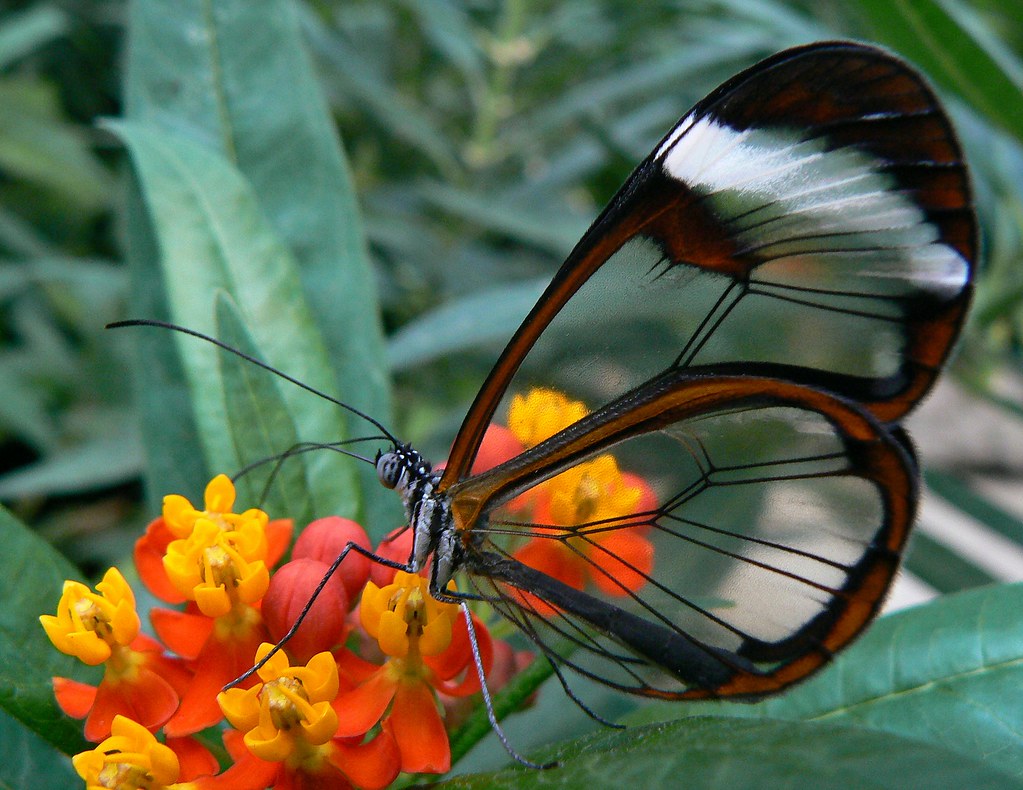
The alien invasion has already happened, but these extraterrestrial-looking creatures have been sharing our planet for millions of years. From the patient predation of mantises to the underground time-keeping of cicadas, these remarkable insects demonstrate that truth is indeed stranger than fiction. Their advanced hunting strategies, incredible camouflage abilities, and bizarre life cycles challenge our understanding of what’s possible in the natural world.
These alien-looking bugs serve as a reminder that we don’t need to look to the stars to find wonder and mystery. Every garden, forest, and stream harbors creatures with abilities that would make any science fiction writer jealous. Their presence among us proves that the most extraordinary alien life forms might be the ones we encounter every day, hiding in plain sight.
What other alien-looking creatures might be living right under our noses, waiting for us to notice their otherworldly beauty?
